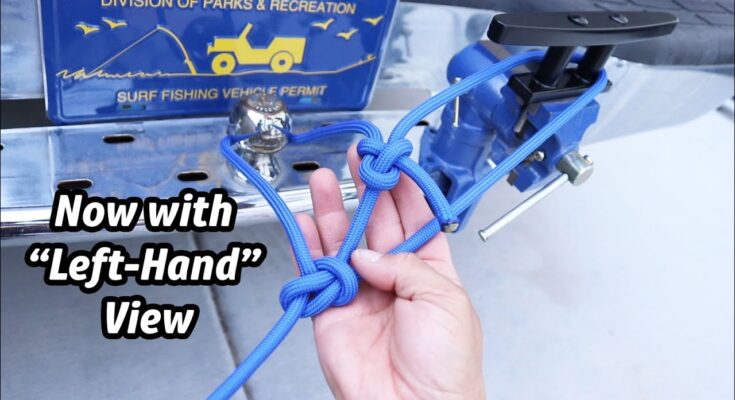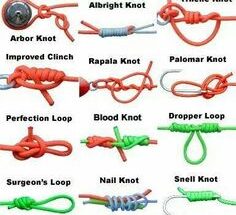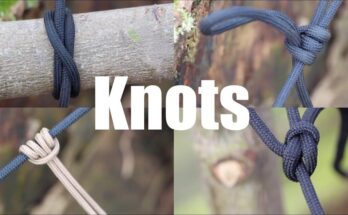Are you familiar with how to tie a bowline knot? Let’s dive into the mechanics of this essential knot, breaking down the process into two main parts: the loop and the bite. By following along with the detailed instructions, you’ll gain a deeper understanding of the right and wrong ways to tie a bowline.
Tying a Bowline Knot: The Basics
A bowline knot consists of two key components: the loop and the bite. The loop, represented here in blue, is where the tag end of the rope goes through to create a secure knot. The bite, shown in red, is the part of the rope that forms the knot itself. Understanding how these two parts work together is crucial to tying a bowline correctly.
When tying a bowline, the tag end of the rope should always be inside the loop. This ensures that the knot will be strong and secure. In contrast, if the tag end goes around the standing part on the opposite side and ends up outside the loop, the knot is tied incorrectly. Paying attention to this detail is essential for ensuring the stability of the knot.
Right vs. Wrong: The Mechanics of Tying a Bowline
The distinction between the right and wrong ways to tie a bowline ultimately comes down to mechanics. When you pull on both the loop and the bite simultaneously, you’ll notice that all the pressure is evenly distributed throughout the knot. This even distribution of pressure is what makes a properly tied bowline knot so reliable and secure.
On the other hand, if the knot is tied incorrectly, with the tag end outside the loop, the pressure is not evenly distributed. This can weaken the knot and make it less secure. By understanding the mechanics behind the bowline knot, you can ensure that you are tying it correctly every time.
Tips for Tying a Bowline with Confidence
-
- Remember to keep the tag end inside the loop when tying a bowline.
- Practice tying the knot until you feel comfortable with the process.
- Check your knot for proper alignment and tension before using it in a critical situation.
By following these tips and understanding the mechanics of the bowline knot, you can tie this essential knot with confidence and precision. Whether you’re a seasoned sailor or a novice knot-tyer, mastering the bowline will serve you well in a variety of situations.
In conclusion, the bowline knot is a fundamental knot that every outdoor enthusiast should know how to tie. With a firm grasp of the mechanics behind this knot, you can confidently secure your gear and tackle any task that comes your way. So, next time you’re out in the great outdoors, remember the importance of a well-tied bowline knot.



